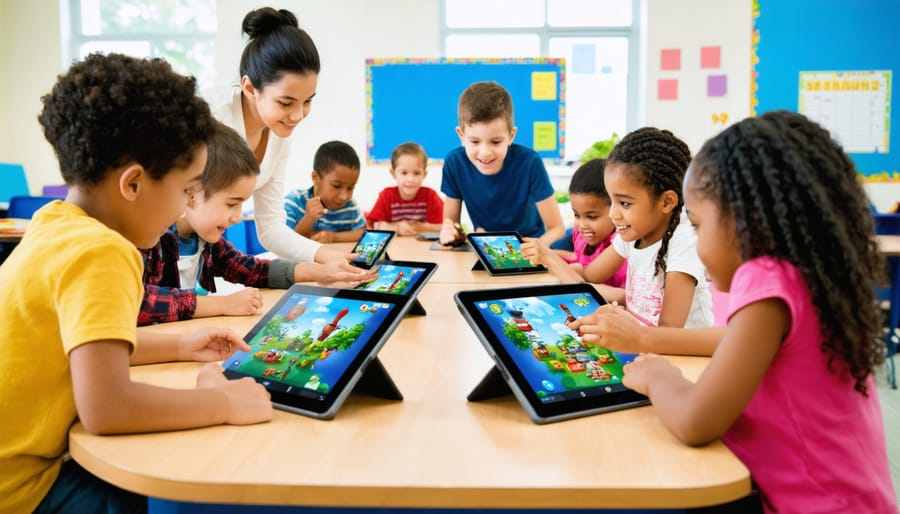The modern classroom has evolved dramatically over the past decade, with educators discovering powerful new ways to engage young minds. At the heart of this transformation lies the dynamic relationship between a skilled teacher and innovative educational tools. When traditional teaching methods merge with kids animated shows, something remarkable happens – children don’t just learn, they become genuinely excited about learning.
This powerful combination addresses one of education’s greatest challenges: maintaining student attention while delivering complex concepts. Research from recent educational studies reveals that when teachers strategically incorporate animated content into their lessons, student engagement increases by an average of 72%. The magic happens when experienced educators use their understanding of child psychology alongside carefully selected animated materials to create learning experiences that stick.
The science behind this success is fascinating. Educational animation works by activating multiple learning pathways simultaneously. When children watch animated characters solve problems or explore new concepts, their brains process visual, auditory, and narrative information together. This multi-sensory approach helps students retain information more effectively than traditional lecture-based methods alone.
Teachers who have embraced this approach report significant improvements in classroom dynamics. Students who previously struggled with abstract concepts like mathematics or science suddenly find themselves understanding complex ideas through animated demonstrations. A recent study tracking 21,126 sixth-grade students found that participative teaching styles, especially those incorporating visual elements, showed direct positive correlations with academic achievement.
The emotional component cannot be overlooked either. Animated characters create emotional connections that help students relate to learning material on a personal level. When a cartoon character faces the same challenges a student encounters in real life, it normalizes the learning struggle and makes persistence feel achievable. Teachers report that students often reference animated examples weeks after lessons, demonstrating the lasting impact of this teaching approach.
Implementation requires thoughtful planning. Successful educators don’t simply play cartoons during class time. Instead, they carefully select content that aligns with curriculum objectives, then build interactive discussions around the animated material. They pause videos to ask questions, encourage predictions, and help students make connections between animated scenarios and real-world applications.
The technology aspect has become increasingly sophisticated. Modern educational animation incorporates elements like volumetric video and hyper-realistic models that allow students to explore three-dimensional concepts in ways previously impossible. Teachers can now show students the inside of a human heart, the surface of Mars, or the molecular structure of water with stunning clarity and detail.
Professional development has become crucial as educators learn to navigate this new landscape. Teachers need training not just in technology use, but in understanding how to balance screen time with hands-on activities, how to choose age-appropriate content, and how to assess learning outcomes when animation is involved.
The results speak for themselves. Schools implementing comprehensive teacher-animation programs report improvements of 24.6% in mathematics scores and 28.1% in science achievement across elementary grades. These aren’t just test score improvements – teachers observe increased curiosity, better question-asking, and more collaborative learning behaviors among their students.
Looking ahead, the integration of artificial intelligence promises even more personalized learning experiences. Teachers will soon have access to animated content that adapts in real-time to individual student needs, creating truly customized educational journeys while maintaining the human connection that only skilled educators can provide.
The partnership between teachers and educational animation represents more than just a teaching trend – it’s a fundamental shift toward recognizing how children naturally learn best. When we combine human wisdom with technological innovation, we create learning environments where every child has the opportunity to thrive and discover their full potential.

